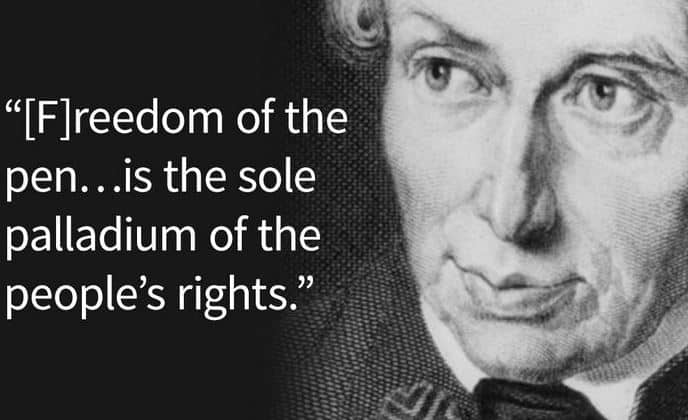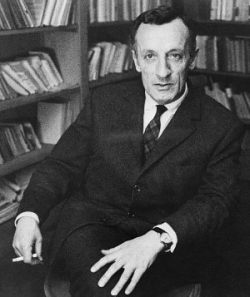Kant’s Autonomy in relation to Drug Use
Kant’s Autonomy in relation to Drug Use Assignment – Morality and ethics are like a reflection of what we believe where moral laws and tend to refine or improve what we believe in. In most societies, justifying the need to limit the use of drugs is always controversial as some people are of the view that they should be left to choose what is good for their bodies and what is not (Smith, 2002). Therefore, the legalization of drugs in some societies has been mandated on the grounds of helping people achieve their autonomy or exercise liberty.
However, there are always consequences associated with engaging in drug-taking activities where it is noted that drugs directly affect the self while indirectly impacting society (Altman, 2011). Therefore, the arguments for regulating the intake of drugs is centered around the consequences of taking drugs and the intentions to take drugs as well as the autonomy of the human being. This brings the need to ask questions, is it right to regulate the use of drugs? Does an individual’s ability to choose limited through legislation, is this enslavement?
According to Kant, the individual or a person has a certain dignity that requires an individual’s respect. Kant notes that the reason showing why people are sacred stems from the idea that we are rational humans who can use logic (Altman, 2011). Kant also notes that human beings are autonomous beings meaning that one can act and choose freely. In this case, autonomy focuses on an individual’s ability to govern the self.
This school of through is therefore based on the ability to focus on the self as a way of determining what is moral and immoral instead of being influenced by the injunctions of other people (Kant’s Moral Philosophy (Stanford Encyclopedia of Philosophy), 2016). This, therefore, entails self-governance where an individual looks the self and hence pursuing the course of action that benefits the self despite the moral beliefs and norms revolving around the choice.
Further to that, according to Kant, an individual’s autonomy is compromised when the individual cannot make a decision individually. This is when an external body or external factors influence them may fail to be autonomous since the true self does not exist at this moment (Altman, 2011). For example, a child may have the inability to be autonomous as well as the disabled people or an oppressed individual as they may be having the inability to become autonomous.
This, therefore, presents autonomy as the ability to be fully aware of having authority over individual actions. Kant, therefore, calls upon the need to let the individual free will be the major guiding principle towards decision making rather than letting the socially developed principles and or laws and hence determining what is moral (Kant’s Moral Philosophy (Stanford Encyclopedia of Philosophy), 2016).
In this case, people should be guided by the maxims which they choose to abide by where such maxims can be regarded as universal by any being. Kant further notes that our emotions and subscriptions are external to the development of the will and therefore, they should not play a role in determining the ability to self-regulate (Altman, 2011).
In other words, Kant means that our feelings, habits, the emotions that we develop do not contribute towards the achievement of autonomy are they are seen as external. However, it is important to note that the idea of free will and making personal choices does not entail being governed by no laws, but is focuses on being governed by the laws that are developed by the self. In this case, the concept of autonomy works beyond being manipulated or manipulating other beings for the sake of our good (Smith, 2002). This, therefore, means that deception and lying are not okay since if I’m being deceived or manipulated, I cannot make an autonomous decision since the decision was based on false information.
Therefore, when it comes to the issue of drug use in relation to Kant’s arguments, it can be noted that if the decision to take drugs is personal and not influenced by other external factors, it can be considered as moral by the individual (Smith, 2002). The model by Kant promotes the idea that human beings have the right to do what they deem right to themselves provided that other factors do not influence it and it does not affect other people. in fact, people with freewill have the right to undertake what they need for their bodies including engagement in drug-taking provided that it is what makes them happy. Engaging in drug-taking can be likened to engaging in sports for one’s benefit (Altman, 2011).
However, engaging in drugs because you saw another individual looking good or because you heard that taking drugs gives you a good feeling may fail to be autonomous since your decision was influenced by the arguments of others (Smith, 2002). For the person taking drugs to benefits themselves or as per their own decision can be regarded as autonomous.
Therefore, the decision to both reject and or use drugs as long as it emanates from the self can be noted as autonomous — Kant’s theory given individual liberty to determine their maxim. Therefore, if you define your maxim, you get the ability to decide what is right or wrong. We also need to ask ourselves if we are doing something for our purposes, and if the answer to this is yes, then we are doing the wrong or rather an immoral thing (Altman, 2011). This is, therefore, majorly based on the issue of consent, where if an individual is aware of all the good and bad consequences of taking drugs, but they choose the standard or the maxim within which they wish to govern their lives.
Kant’s argument on autonomy focuses on people setting their standards and determining their fate, therefore, reducing an individual’s ability to choose what is right for them to hinders their autonomy. Despite the negative consequences of drug-taking, as long as I decide self-harm, then it’s okay. This, therefore, gives one the ability to discipline themselves and do whatever they want no matter the consequences. However, we should always take into consideration the maxim or the principle within which we act upon; this is by considering whether we would want to lie to be universally accepted (Smith, 2002).
The argument focuses majorly on the intentions of the individual rather than the consequences. In this case, if the intentions to take drugs was to satisfy the self-nourishment, then the decision can be determined as moral. The consequences, which include causing social disruptions or self-harm, in this case, are not taken into consideration. Kant notes that rationality and autonomy also entail the duty to make choices to harm oneself or choose death (Finnis, 1987).
Kant’s idea is much contested due to its focus on the concept of free will in some of the areas of an individual’s life. Notably, when an individual’s actions are truly theirs, they should, therefore, not be forced by any external force, and in our lives, there are clear examples of various situations that are not autonomous (Smith, 2002). This is due to being governed by cultural laws and norms that influence the human to act in a given way, which, if let to make your own decision, you would choose to do it. Therefore, since the decision is influenced by an external factor such as a law, they fail to meet the conditions of being an autonomous decision.
That said, being compelled to make choices that do not resonate with our own beliefs and views would be enslavement. This would mean being forced to live as per another individual’s preferences, which would be unacceptable to people with different views about the use of drugs (Finnis, 1987). Therefore, people with different drug preferences cannot agree on whether it is right or wrong to use drugs.
Kant’s Autonomy and Society
Therefore, according to Kant, any time we choose to do something, we are always influenced by our desire, and therefore there is a need to govern oneself without any external interference (Smith, 2002). In this case, society cannot make decisions for an individual as people can define their standards. Governing the use of drugs would, therefore, be enslaving the people, and therefore Kant would not support the need to set government policies to regulate the use of drugs as it interferes with an individual’s autonomy (Finnis, 1987).
This is because any action that is conducted without being influenced externally had its moral worth, not because of its purpose but according to the maxim developed by the individual. Therefore, personal intentions or needs should not be weighed against the needs of the public since something good for me might be bad for the bigger population.
In conclusion, the argument concerning the need to regulate the use of drugs is a controversial one where people take different stands as per the philosophical argument they subscribe to. Looking into the consequences of drug use, it would only be good if the government uses its power to regulate the use of drugs to protect and keep safe the general population.
However, there is a need to consider the needs of the users and the ability for an individual to make personal decisions. Kant notes that there is a need to let the individual free will be the major guiding principle towards decision making rather than letting the socially developed principles and or laws and hence determining what is moral. In this case, an individual should not be forced to make decisions that do not resonate with our own beliefs.
References
Altman, M. C. (2011). Kant and applied ethics: The uses and limits of Kant’s practical philosophy. John Wiley & Sons.
Finnis, J. M. (1987). Legal enforcement of duties to oneself: Kant vs. neo-Kantians. Colum. L. Rev., 87, 433.
Kant’s Moral Philosophy (Stanford Encyclopedia of Philosophy). (2016).
Smith, P. (2002). Drugs, morality and the law. Journal of Applied Philosophy, 19(3), 233-244.
Relevant Kant’s Autonomy Blog Posts
Reflective Model Belbin Theory
Psychology Dissertation Topics
If you enjoyed reading this post on Kant’s Autonomy, I would be very grateful if you could help spread this knowledge by emailing this post to a friend, or sharing it on Twitter or Facebook. Thank you.


